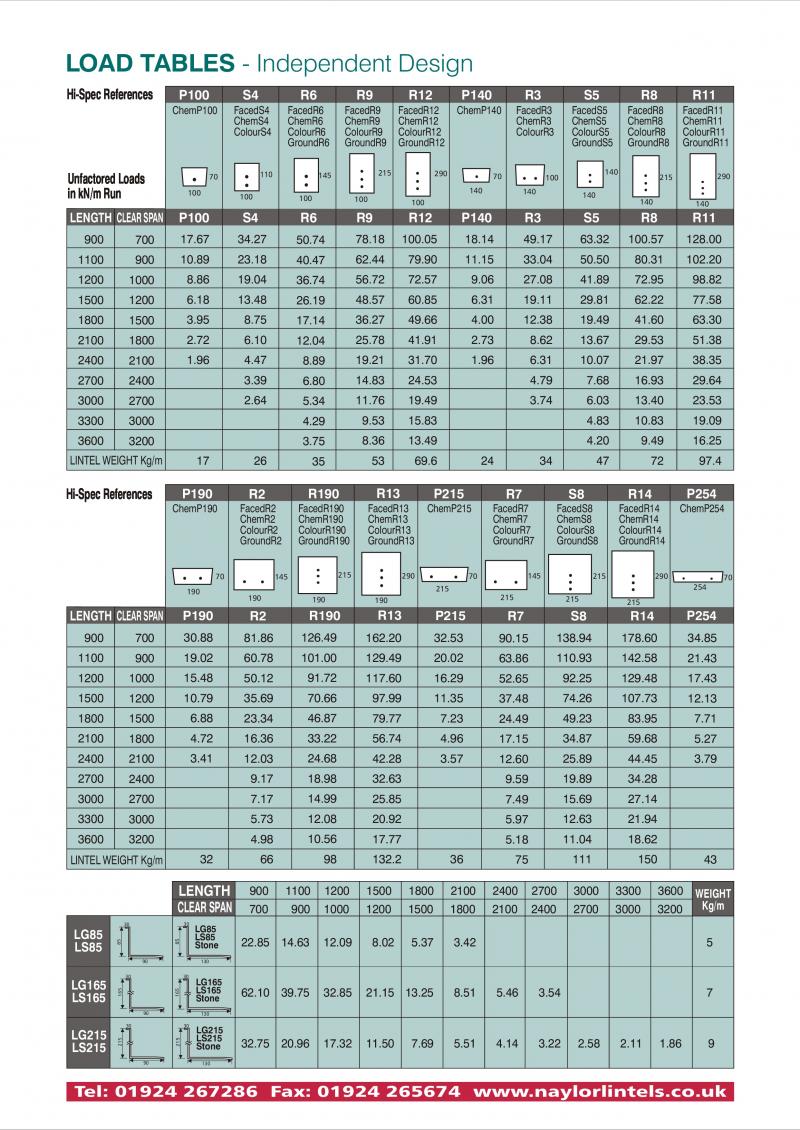Hi All,
I'm getting some renovation work done at my house which include replacing a set of french doors with some bi-folds. This involved making the hole in the wall bigger and installing a new lintel. I'm currently in a bit of a dispute with the builder as I don't think the doors have been installed very well - another story!
However, when I was looking at the installation tonight, I saw something that scared me! On the underside of the lintel, the letters T.O.P. are stamped. Does this mean what I think it means?? Has it really been installed upside down? There is also a slight bow in the lintel and the bow is downwards!
I've attached a couple of photos. Not sure if it's obvious from the pics but it definitely says TOP on the underside of the lintel....I'm a first time poster and I'm sure there's a better way to attach a pic.
Any advice/comments welcome.
Thanks.
http://media.diynot.com/220000_219155_78517_42782663_thumb.jpg
http://media.diynot.com/220000_219155_78518_61606267_thumb.jpg
I'm getting some renovation work done at my house which include replacing a set of french doors with some bi-folds. This involved making the hole in the wall bigger and installing a new lintel. I'm currently in a bit of a dispute with the builder as I don't think the doors have been installed very well - another story!
However, when I was looking at the installation tonight, I saw something that scared me! On the underside of the lintel, the letters T.O.P. are stamped. Does this mean what I think it means?? Has it really been installed upside down? There is also a slight bow in the lintel and the bow is downwards!
I've attached a couple of photos. Not sure if it's obvious from the pics but it definitely says TOP on the underside of the lintel....I'm a first time poster and I'm sure there's a better way to attach a pic.
Any advice/comments welcome.
Thanks.
http://media.diynot.com/220000_219155_78517_42782663_thumb.jpg
http://media.diynot.com/220000_219155_78518_61606267_thumb.jpg


